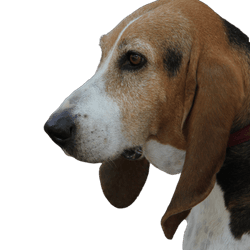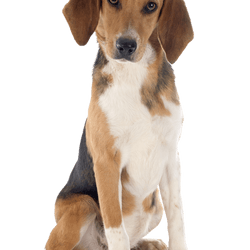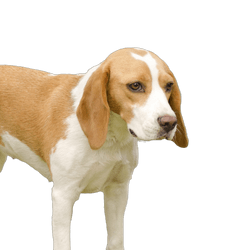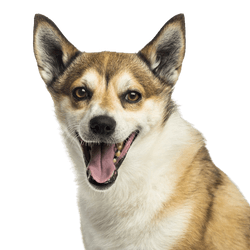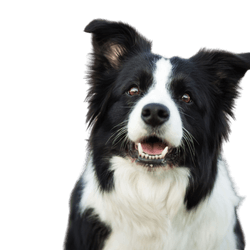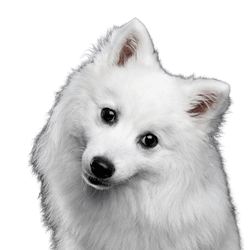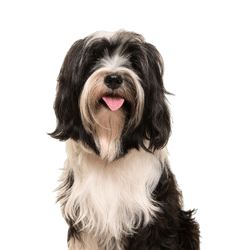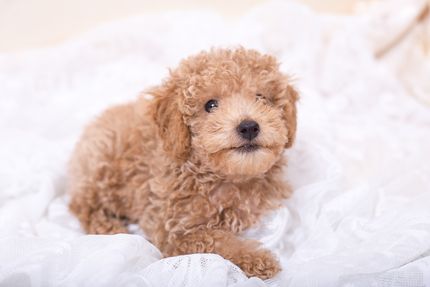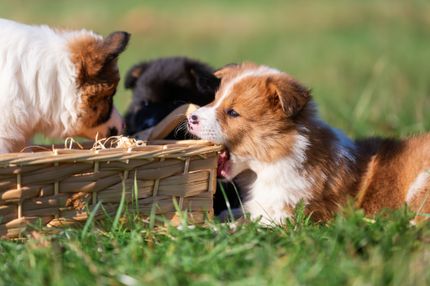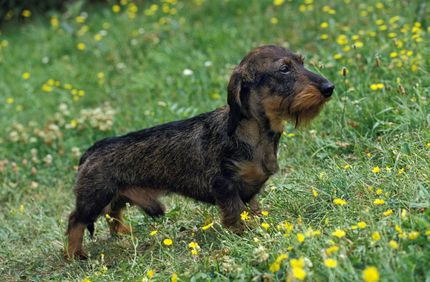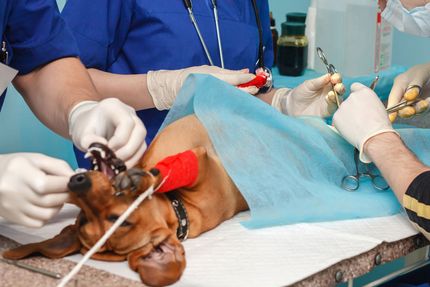Facts & Origin
Czech Terrier: Origin, History & Suitability
The Czech Terrier, also known as the Český Teriér, originated in the Czech Republic, as the name suggests. The breed was created in the 1940s by a Czech breeder named František Horák, who crossed Sealyham Terriers with Scottish Terriers to create a terrier with better hunting instincts and an easier-to-maintain coat. In 1980, the breed was officially recognized by the FCI.
Historical importance
Although originally bred for hunting varmints and small game, the Czech Terrier soon found its way into hearts and homes as a valued companion dog. Its gentle nature, combined with the typical terrier temperament, made it a favorite in its native country and later internationally.
Suitability
Family Friendly: This breed is characterized by its affectionate and friendly nature. The Czech Terrier gets along well with children and adapts well to family life.
Suitable for beginners: Thanks to its balanced nature and intelligence, it is also suitable for first-time dog owners. He is eager to learn and responds well to positive reinforcement.
Adaptability: These terriers are known for their flexibility. Whether in a city apartment or in the countryside, they adapt well to different living conditions.
Activity: despite their small size, Český Teriérs are active and playful dogs that need regular exercise and mental stimulation.
Conclusion
The Czech Terrier is an excellent companion for families, individuals and the elderly. Its balanced temperament, combined with its adaptability and low maintenance needs, makes it an ideal companion for many different lifestyles. It is important to channel his intelligence and energy with regular activity and training to ensure a happy and well-adjusted dog.
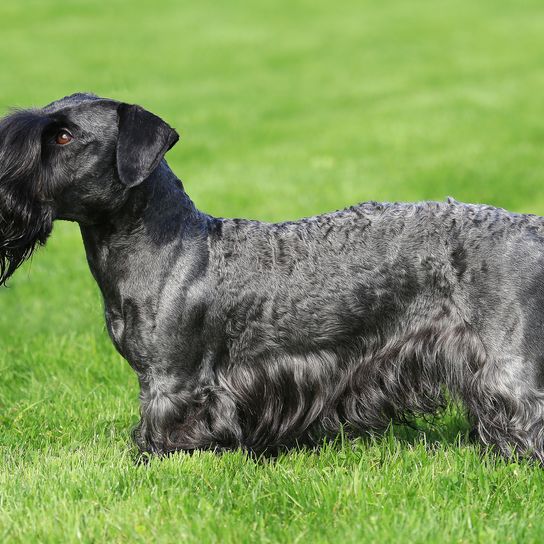
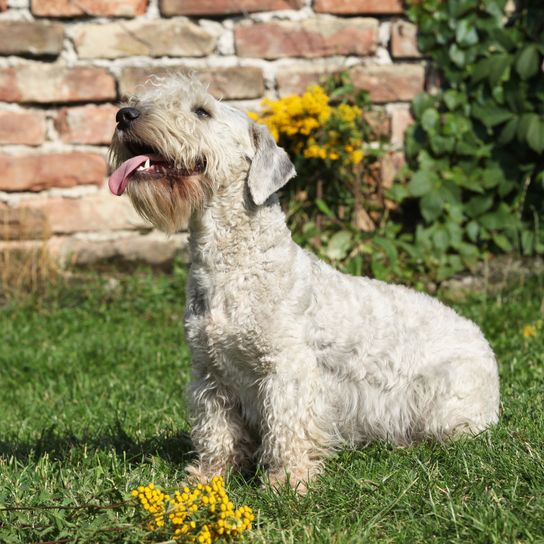
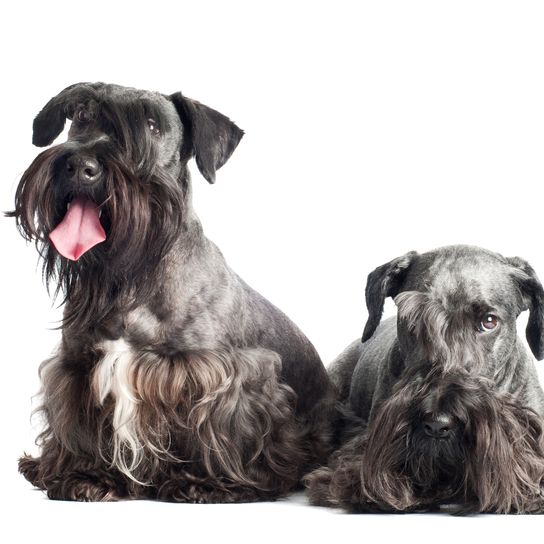
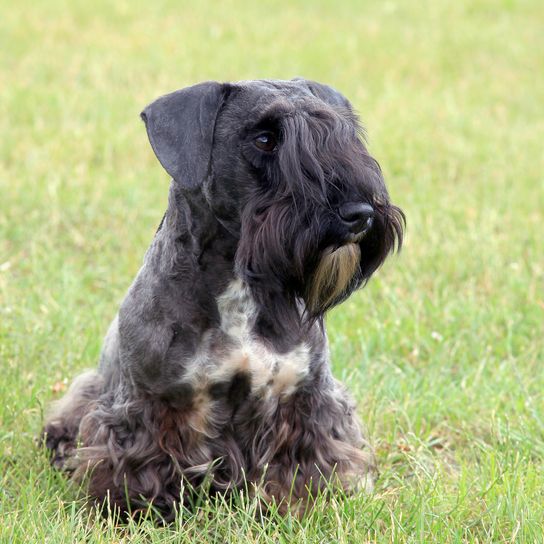
| Alternate Name | Český Teriér, Bohemian Terrier |
| Origin | Czech Republic |
| Life expectancy | 12 - 15 years |
| Care requirements | high-maintenance |
| Activity level | average |
| FCI group | Small sized Terriers |
| AKC group | Terrier Group |
| KC group | Terrier Group |
Attitude, character and temperament of the breed
Nature
The Český Teriér, also known as the Czech Terrier, is a balanced, non-aggressive and good-natured dog. In its native Czech Republic, it is appreciated for its affectionate nature and attachment.
Typical character traits
Devoted: This terrier forms a close bond with its family and often proves to be a loyal companion.
Intelligent & Willing to Learn: His intelligence, coupled with a natural eagerness to please, makes him an easy dog to train.
Sensitive: The Český Teriér responds best to gentle, positive training methods. Harsh measures or a stern tone can easily frighten him.
Affable: despite his terrier origins, he rarely shows aggressive tendencies toward other dogs or people.
Alert: He lashes out at the approach of strangers or unfamiliar noises, but without being overly barky.
Interaction with children and other animals
With children: The Český Teriér usually gets along well with children, especially if he has been socialized with them from an early age. However, a supervisor should always be present, especially with younger children.
With other animals: While he often gets along well with other dogs, due to his terrier heritage, he should be carefully paired with smaller pets, such as hamsters or rabbits.
Conclusion
The Czech Terrier is an ideal family dog, with a friendly nature, intelligence, and affection. With proper socialization and a loving environment, he will become a loyal and reliable companion.
Character
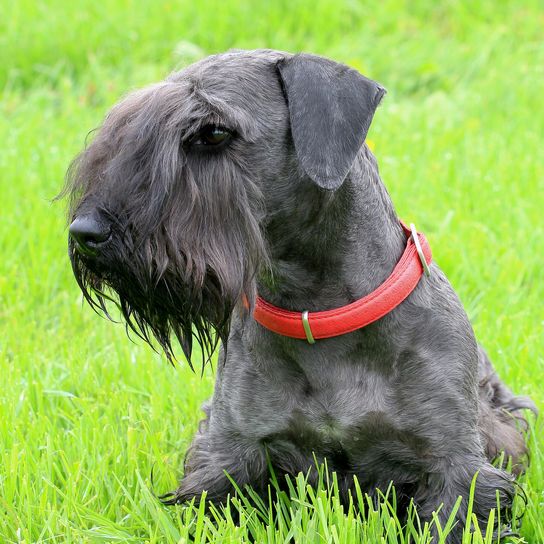
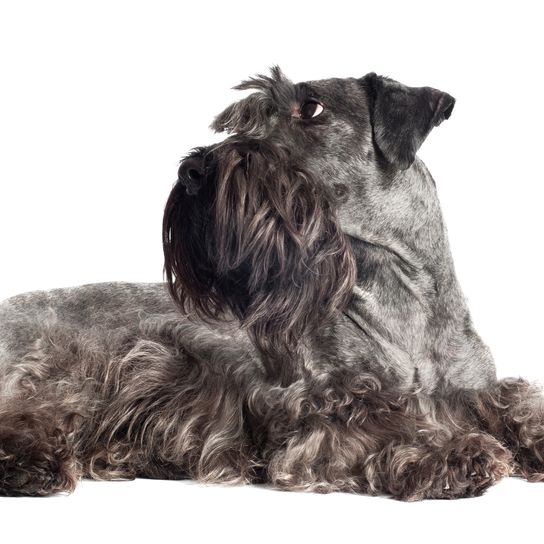
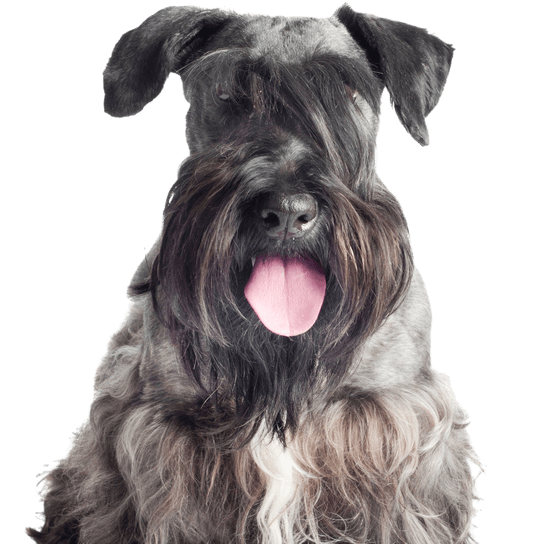
Care
The Český Teriér has a unique, wavy to slightly curly coat. This must be brushed regularly to prevent matting and tangles.
- Coat Care: Brushing should be done at least once a week to keep the coat clean and shiny.
- Bathing: An occasional bath with a mild shampoo specifically for dogs may be necessary, especially if the dog gets dirty.
- Ears and eyes: regular checks and cleanings as needed are recommended to prevent infections.
Health
The Český Teriér is generally a robust dog. However, like all breeds, it has certain health susceptibilities.
- Hip dysplasia: One of the most common diseases in medium-sized dogs.
- Eye diseases: Some Český Teriérs can be prone to various eye problems.
- Regular veterinary visits and preventive examinations are essential to keep the dog healthy.
Breeding
Breeding the Český Teriérs should be done responsibly and with care.
- Breeding standards: there are clear breeding standards that breeders should follow. This includes certain characteristics of appearance, size and temperament.
- Health Tests: Before breeding, both parents should be examined for common hereditary diseases.
- Socialization: early socialization of puppies is critical to the development of a well-adjusted and healthy dog.
Conclusion
The Český Teriér is a wonderful companion, but its care and health require regular attention. When breeding, special attention should be paid to the health and temperament of the animals in order to keep the breed in its best shape.


Coat & Care
The Czech Terrier, also called Český Teriér, has a characteristic silky coat. This is wavy to slightly curly and requires regular grooming. Typical colors are gray, gray-blue and light coffee-brown, often with white, gray or beige markings.
Optics
The Czech Terrier's build is stocky and muscular, yet elegant. He is of medium size, with a compact body and short legs, giving him a distinctive appearance. His facial expression is alert and intelligent, often with a mischievous twinkle in his eye.
Size & Weight
Size: Shoulder height in males ranges from 25-32 cm and in females from 23-30 cm .
Weight: An adult Český Teriér weighs between 6-10 kg.
Conclusion
With its unique appearance and silky coat, the Czech Terrier often attracts admiring glances. Its compact size makes it ideal for city living, while its robust and muscular appearance makes it an active companion. It is important to ensure regular grooming to keep the Český Teriér in top shape.



Known Diseases
Hip dysplasia (HD)
Hip dysplasia (HD) is a genetic condition in dogs where the hip joint is not shaped properly. This leads to pain, stiffness and restricted movement.
Eye diseases
Often occur with allergies and intolerances.
Diabetes
The metabolic disease diabetes often occurs in overweight dogs.



